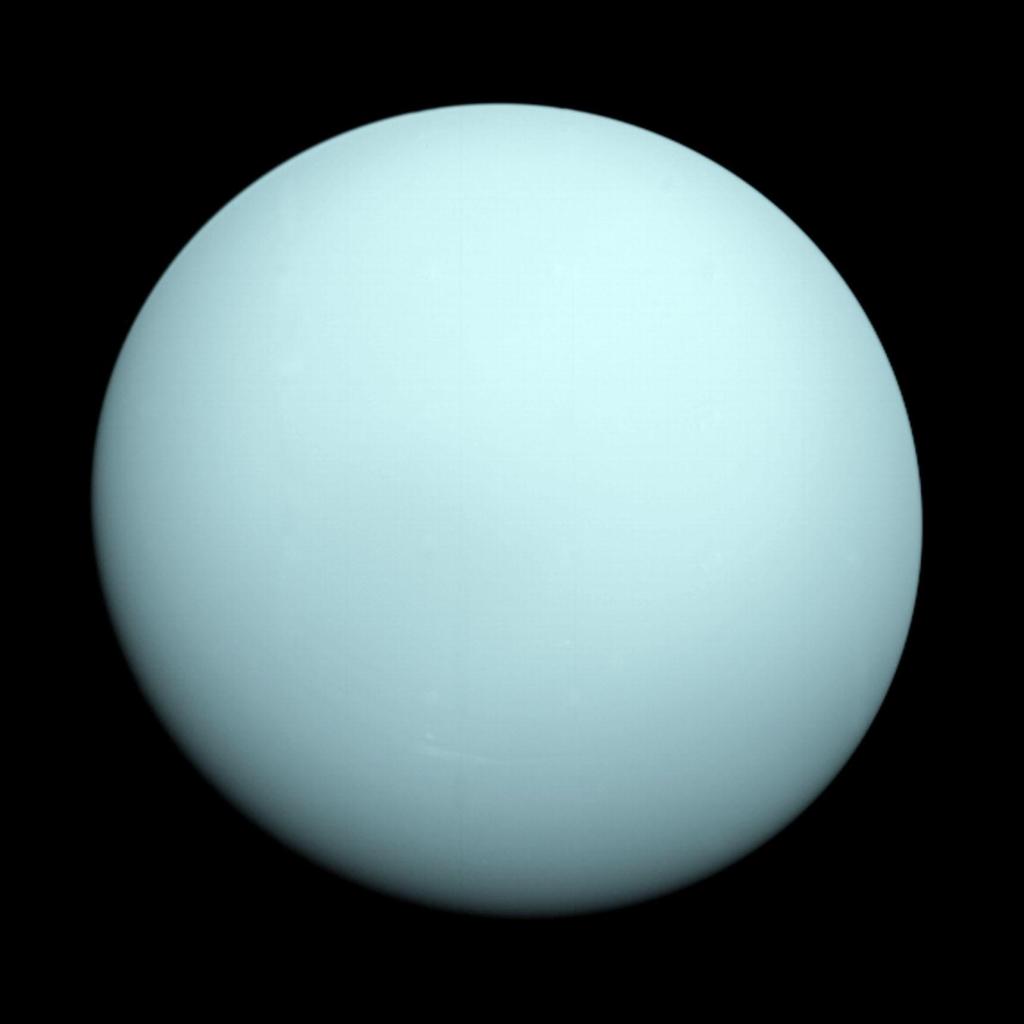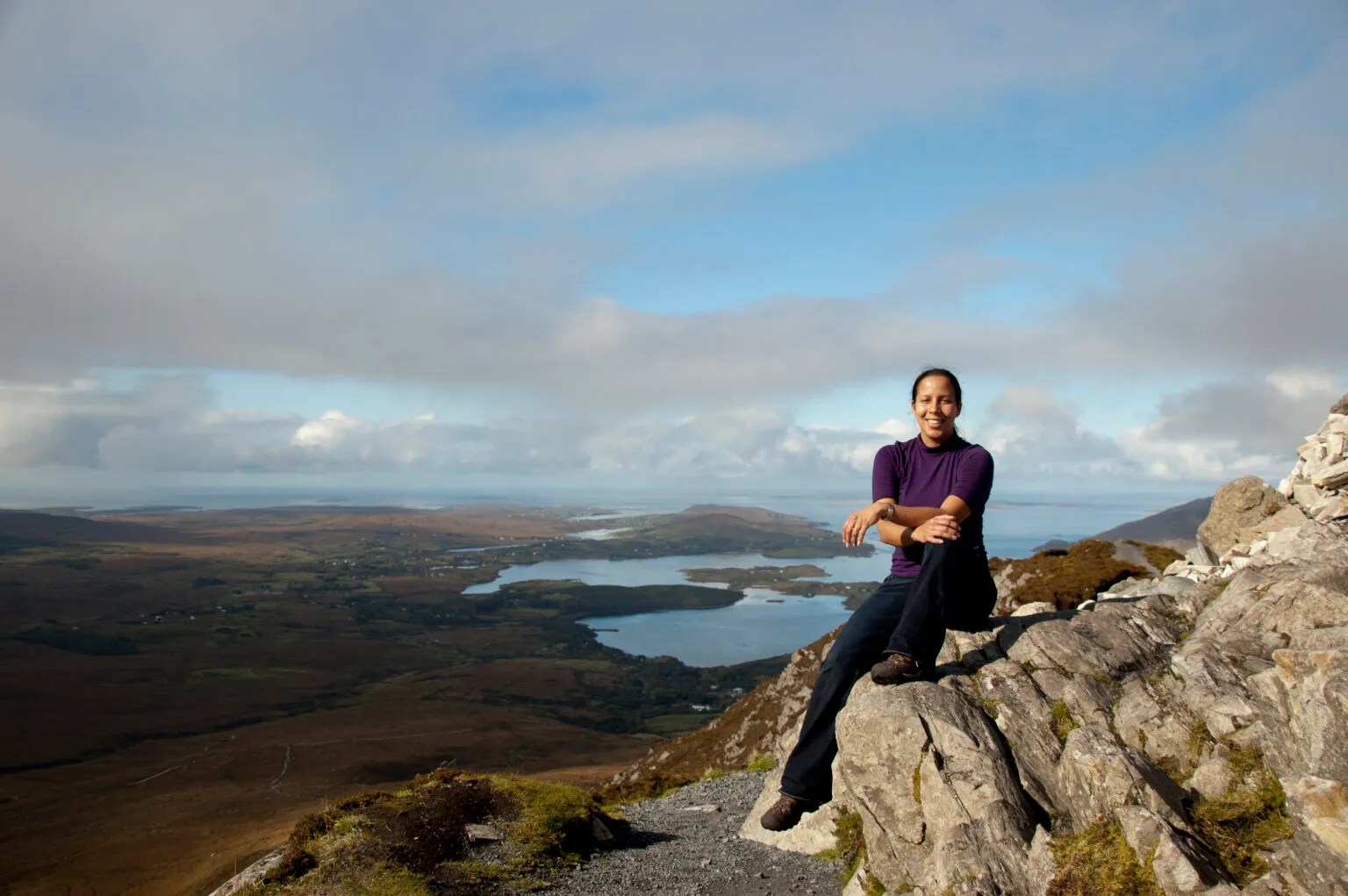Dr. Inia Soto Ramos became fascinated by the mysteries of the ocean while growing up in Puerto Rico’s mountains. Today, she works at NASA as an oceanographer and data manager, where she can uncover these enigmas from space.
Name: Dr. Inia Soto Ramos
Title and Formal Job Classification: Associate Research Scientist
Organization: Ocean Ecology Laboratory (Code 616) via Morgan State University and GESTAR II cooperative agreement
What do you do and what is most interesting about your role here at Goddard?
I am currently co-leading the validation efforts for PACE, NASA’s Plankton, Aerosol, Cloud, ocean Ecosystem mission. I am also part of NASA’s SeaBASS (SeaWiFS Bio-optical Archive and Storage System) team, which is responsible for archiving, distributing, and managing field data used for validation and development of satellite ocean color data products. It has been exciting to be a part of a satellite mission, to see it being built, tested and launched. And now, be able to validate the data and in the near future, use the data to do science.
What is your educational background?
I graduated with a bachelor’s degree in biology from The University of Puerto Rico, Mayagüez Campus, and I have a master’s and Ph.D. in Biological Oceanography from the University of South Florida.
How did you get your foot in the door at NASA?
While I was a student at the University of Puerto Rico, I saw a flyer for a program called PaSCoR (Partnership for Spatial and Computational Research). It was a partnership between universities, NASA and other institutions with the intent to train students in remote sensing and Geographical Information Systems. Although, this program was targeted mainly for engineers, I decided to apply. That took me to the first remote sensing classes I had taken. That’s how I started learning that you can study the ocean from space. I had no idea that could be done. That program planted the curiosity about satellite oceanography and gave me the tools to go into graduate school in that field.
How did you first gain exposure to oceanography and diving?
I am from Puerto Rico and grew up all the way in the mountains. There wasn’t much of a connection to the ocean for me, only a few trips to the beach. I remember my dad taking me to a small beach called La Poza del Obispo in Arecibo and he held me while I used a small snorkel underwater. That was the first connection I had with marine life. I started diving sometime when I was about 18 years old, and I remember saying, “This is the most amazing thing ever,” and that’s when I decided I needed to pursue a life in that field.
What interested you in phytoplankton as a specialty?
Initially, I was curious about harmful algal blooms in the West Florida Shelf, which I studied when I moved to Florida to do my grad studies. I learned that the blooms can produce neurotoxins, and those can affect humans in different ways. So, if you have asthma, they can make you feel worse. I remember developing asthma that night after going to the beach and having go to the ER. I didn’t see the connection at the time until I learned about these events and how toxins can get in the air. It felt like something important that I could study to help people or do something that’s meaningful. It’s amazing that we can see something so tiny from space and study them.
How does your identity, being a Latina, show up at NASA?
This is kind of a dream come true. It is so amazing to be able to fulfill that dream. I came from a small town. There appeared to me no chances to come all the way to NASA. So, having this opportunity is exciting, and bringing it back to my community and saying, “Hey, anyone can actually do it.” One of the advantages is that you speak a different language, so you can make connections with different countries.
What do you look forward to in the future? What are some of your goals?
I would love to keep growing in my field. As a mother, sometimes is hard to visualize where I want to be in the future, so I find it best to focus on the present. My priority right now is my family, however in the future I would love to engage in a job in which I can transfer my knowledge and love to the oceans to future generations; and be more involved in the community.
When you think of your village and growing up in Puerto Rico, what is a memory you have that makes you smile?
I still remember going to collect coffee with my mom and dad. My dad had a small basket for me that I would fill with only the most beautiful red grains of coffee. I was around 5 years old, and I remember the toys that my mom would take, and they’d settle me under the coffee trees. I still go to Puerto Rico, and I am fascinated when I see the coffee trees; it reminds me of my childhood.
What advice would you give to other little girls who might not think NASA is a dream they can achieve?
I was the little girl with the dream of being a scientist at NASA, and then I was a teenager, an adult, and a mother, all with the same dream! It took me several decades and many life stages to get here. Many times, along my path, I thought of giving up. Others, I thought I was completely off track and I would never fulfill my dream. I had limited resources while growing up. There were no fancy swimming or piano classes, but I had amazing teachers and mentors who guided me along the way. So, no matter how young or old you are, you can still fulfill that dream. The key to success is to know where you want to go, surround yourself with people that believe in you, and if you fall, just shake it off and try again!
By Alexa Figueroa
NASA’s Goddard Space Flight Center, Greenbelt, Md.
Conversations With Goddard is a collection of Q&A profiles highlighting the breadth and depth of NASA’s Goddard Space Flight Center’s talented and diverse workforce. The Conversations have been published twice a month on average since May 2011. Read past editions on Goddard’s “Our People” webpage.



























